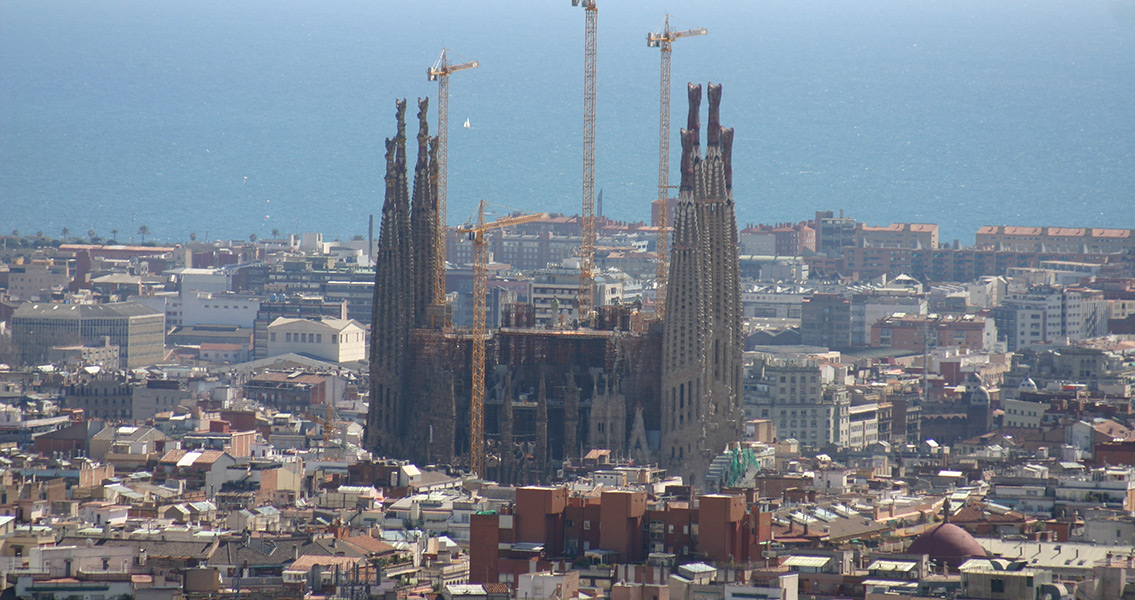<![CDATA[Under construction for the past 133 years, the Sagrada Familia has entered its final phase, with just 11 years left until completion. Six new towers, bringing the total to 18, will be added to the famous basilica in Barcelona, Spain. This last phase will complete the work architect Antoni Gaudi started in 1883. The tallest of the cathedral’s new towers will be 564 feet (172 meters) high, making the Roman Catholic basilica Europe’s tallest religious structure. According to the present chief architect, Jordi Faulí, the building is currently 70 percent finished and on schedule to be completed in 2026, the 100-year anniversary of Gaudí’s death The Sagrada Família basilica was consecrated by Pope Benedict XVI in 2010, and continues to be an extravagant work in progress, inspired by nature and faith - a feverish dream of fantastic spires and brilliant stained glass, lavish facades, and ornate arches. Climbing hundreds of feet above the center of Barcelona, it draws the attention of an average of three million tourists a year. The basilica has been controversial since construction began, reviled by some, revered by others. Eccentric as Gaudí himself, the cathedral is inspired by the architect's unwavering faith and his love of nature. He believed architecture and the structures it produced should mimic nature or not be built at all. There’s no way to calculate the cost of the prolonged construction over the years. Today’s budget is reported to be $27 million, paid for in part by entrance fees and private donations. What can be measured is the time it has taken to construct the cathedral. When asked why the building was taking so long, Gaudi was fond of retorting that his client wasn’t in any hurry. He, of course, was referring to God. When Gaudi died in 1926 in a trolley accident, less than one quarter of the exterior was finished. Since then building has been delayed by everything from politics to protests, funding woes to civil war. Gaudi inherited the project from another architect who had already laid a traditional neo-gothic base, and realized immediately that the project would not be completed in his lifetime. So during the 12 years prior to his death, he produced 3-dimensional renderings rather than conventional plans. The geometric models have proven vital to his successors, despite vandals destroying many of them during the Spanish Civil War. According to an architect on the Sagrada Familia, these renderings are considered the equivalent to the building structural DNA, with even the fragments proving to be invaluable. Born in the town of Reus in 1852, Gaudí was fascinated by geometry growing up, and by the natural wonders which could be found all over the Catalonian countryside. In school he studied architecture, but he soon forged his own unique style; part art nouveau, part neo-gothic, with the occasional Eastern element thrown in. It’s said that Gaudi understood that nature is built on the laws of mathematics, and that the strongest materials are often the most efficient, the lightest and the most beautiful. ]]>
Gaudi Cathedral Nearing Completion After 133 Years
